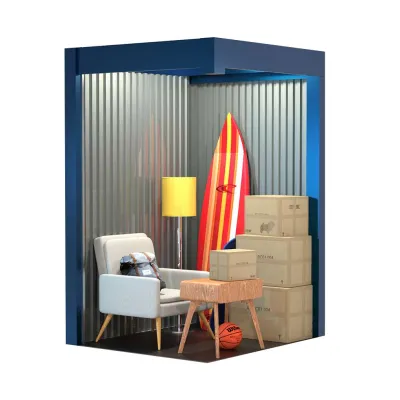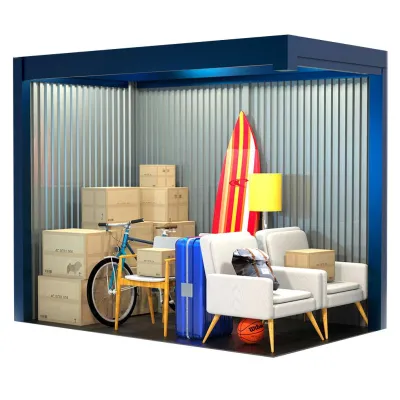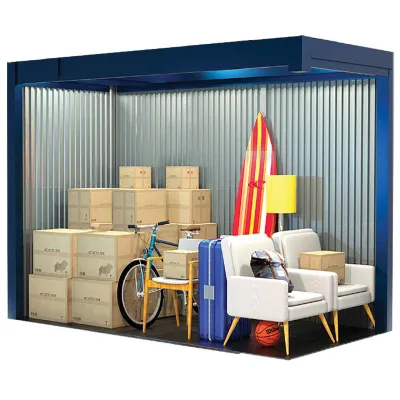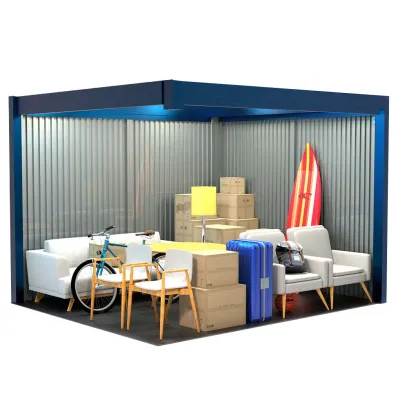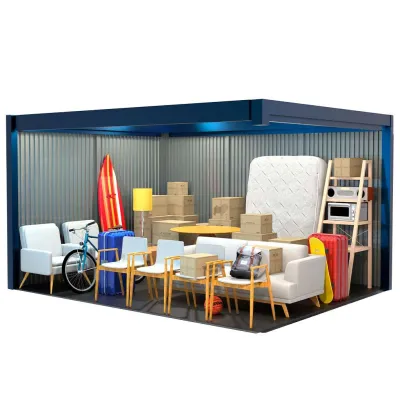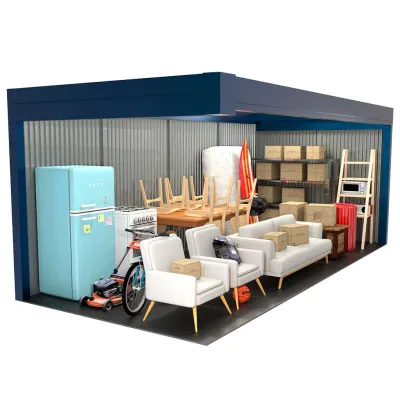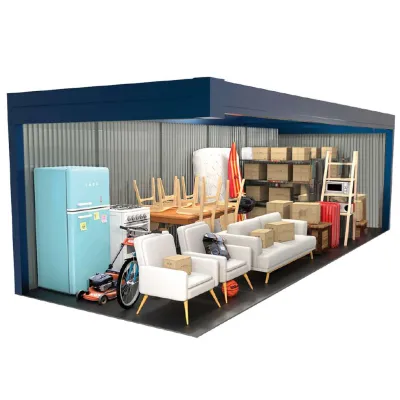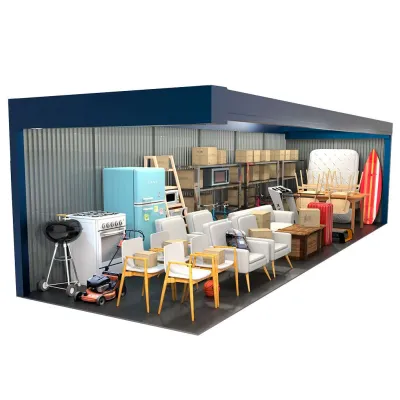
How to Prepare Your Camper for Storage
A camper is like a second home for people all over the country—it might even be your primary home! Either way, it's not only an expensive investment, but it's also where you make some of your best memories. So when it's time to put the camper away for storage, you want to make sure it's taken care of properly. Here are some essential steps to take for camper storage:
Clean from Top to Bottom
The absolute last thing you want is to come back in the spring ready for an adventure to find that your camper is infested with pests or stinks with mold. Even the smallest crumbs can attract bugs and critters, so make sure to check the cupboards, closets, and drawers for any food or crumbs left behind. Vacuum thoroughly and mop all surfaces with an anti-bacterial cleaner to make sure everything is squeaky clean and ready for camper storage.
Don't leave anything with liquid in your camper! This includes things like shaving cream and toothpaste—they can freeze, expand, and crack in the winter, which means when spring comes and the liquid melts, you'll be left with a sticky mess.
Turn Off and Air Out Your Appliances
After cleaning, it's important to make sure all your appliances are turned off before storing the camper. You should also leave them open (or partially open) so that air can circulate in and around them, preventing any musty smells from developing.
Invest in a Tarp or Cover
Tarps are great for keeping dust and debris off your camper when it's being stored. You should also use a tarp to shield your camper from direct sunlight, which can cause fading and damage. It's a good idea to cover up inside too—cover your mattresses and furniture with sheets or covers to avoid dust and discourage any critters who get in from burrowing in for the winter.
Drain All the Water and Add Antifreeze (if needed)
This can be one of the most time-consuming parts of camper storage but it can be disastrous if you don't take the time to do it. You'll need to drain all water from the tank and lines, then add antifreeze if you're storing in an area where temperatures can dip below freezing.
You can do this yourself or a local mechanic can take care of it for you for a few hundred dollars. This will help protect your camper's plumbing system over the winter months.
Plug Any Holes and Open Up Vents
If you're really worried about pests, you can use steel wool or caulk to cover up any holes or gaps, like around pipes and vents. During the winter months, you'll want to keep your camper's furnace vent open for circulation and avoid condensation build-up inside.
Do Some Outside Repair
Once your RV is taken care of on the inside, you'll want to do an inspection of the outside. Are there any cracks or peeling that need to be taken care of? How are your tires looking? Maybe you need to place your camper on blocks to reduce some of the weight on your tires. Retract your slides and awnings too, and make sure they are secured.
Find the Best Possible Camper Storage Option
Now that your camper is ready for storage, you'll want to make sure you find a good home for it! Depending on your area's climate, your budget, and the quality of your camper, there are a variety of storage options, from outdoor RV lots to indoor storage units.
Safe Camper Storage for Your Home on Wheels With Midgard Self Storage
Even though it's time to pack up and store your camper away until spring, that doesn't mean you can't still treat it like home. With Midgard Self Storage, you can access your camper at any time, no matter the season.
Our secure premises and 24/7 surveillance ensure that your RV is safe and sound through the winter months. And with our variety of sizes for indoor and outdoor camper storage, we're able to fit any size camper or trailer.
You don't have to leave your camper at the mercy of bad winter weather—come visit a Midgard Self Storage location today!

